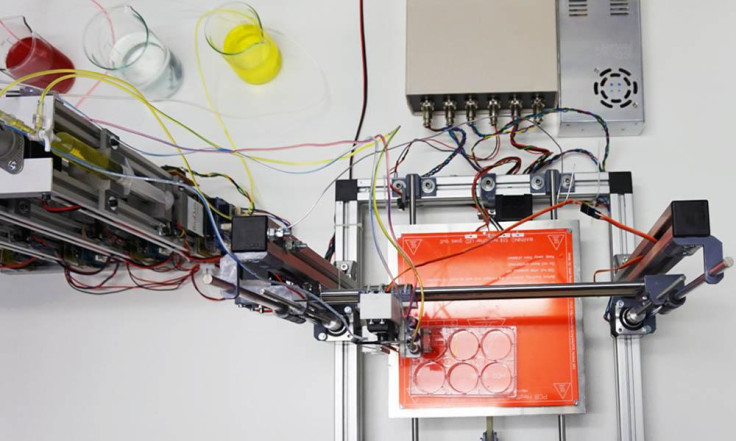Epic dermis: Scientists develop 3D printer capable of producing 'living' human skin
New technology could put an end to chemical and cosmetic product testing on animals.

Spanish scientists say they have developed a prototype 3D printer that is capable of printing 'functional' human skin that can be used for transplant patients, as well as an ethical alternative to animal testing.
The so-called bioprinter uses special 'ink' consisting of human cells and other biological components to reproduce the natural structure of the skin, including the external epidermis and the deeper dermis layer.
These 'bio inks' are deposited from special injectors onto a print bed to produce skin that is bioactive and capable of producing its own human collagen, the researchers claim.
This means that the 3D-printed skin is, in essence, living tissue, making it suitable for treating burn patients and for testing cosmetic, chemical and pharmaceutical products.
The 3D bioprinter has been created by scientists from Spain's Universidad Carlos III de Madrid (UC3M), the Centre for Energy, Environmental and Technological Research (CIEMAT) and Madrid's General Gregorio Marañón Hospital, in collaboration with Spanish bioengineering firm BioDan Group.
The new technology could present a more efficient means of printing living tissue, which most commonly involves using either the patient's own skin - insufficient for mass production – or by using animal tissue, known as allogenic skin.
"We use only human cells and components to produce skin that is bioactive and can generate its own human collagen, thereby avoiding the use of the animal collagen that is found in other methods," reads the research paper, which has been published in science journal Biofabrication.
According to UC3M, the technology could be used to print other human tissues, although first it needs to be approved by regulators in order to ensure the skin it produces is fit for use on human patients.
Earlier in January, Chinese biotechnology firm Sichuan Revotek succeeded in developing 3D-printed blood vessels and implanting them into rhesus monkeys, in what it claimed was a major step towards mass-printing human organs.
© Copyright IBTimes 2025. All rights reserved.






















